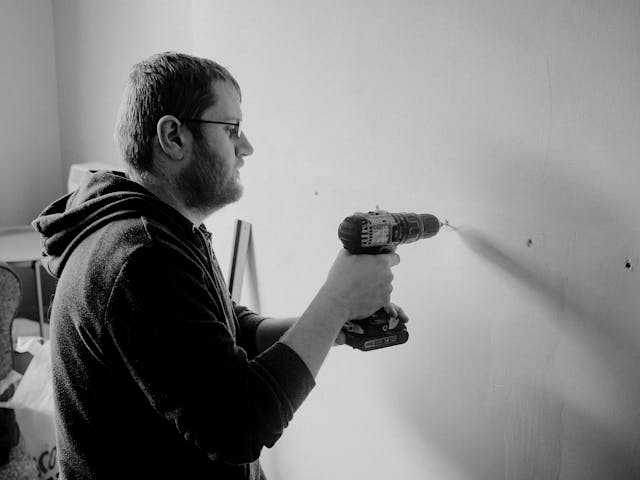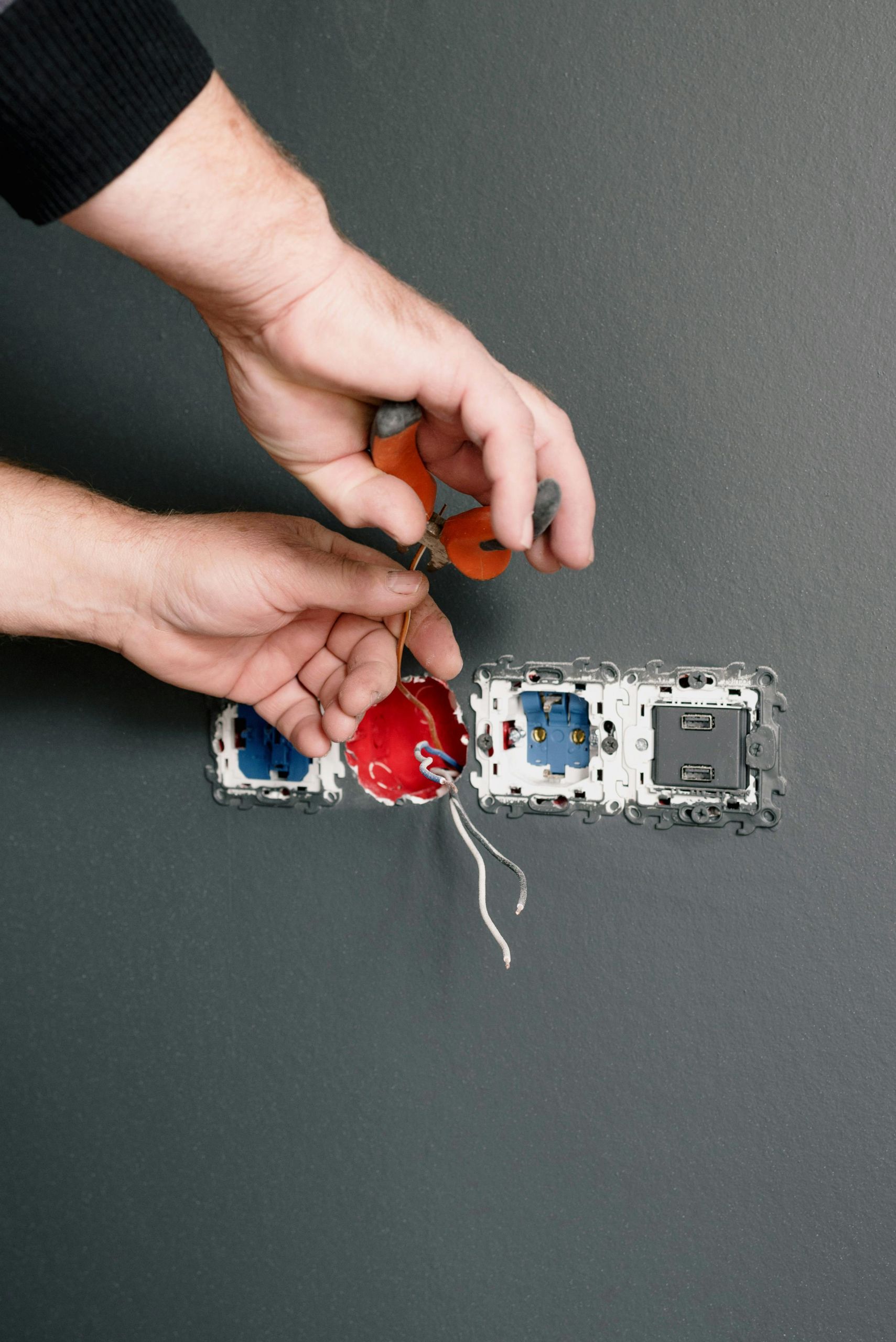Let’s be honest, dealing with electrical problems is a hassle. Lights flicker unexpectedly, outlets stop working when you need them, and it all leaves you feeling frustrated and unsure of what to do.
But, before you start Googling “electrician near me” in a panic, there are a few basic things you can try to diagnose the issue yourself. Of course, for any serious electrical work, it’s always best to call in a qualified professional.
Here in Auckland, we’re lucky to have many reputable electrical companies available, like Prolectrix. But for minor troubleshooting, understanding some common electrical tools and equipment can be a lifesaver.
So, the question remains: what tools are used to repair the electrical system? Well, the answer depends on the specific problem you’re facing. However, there’s a basic toolkit that every homeowner can benefit from having on hand.
Let’s dive into the essential tools that can help answer that very question.
Safety First: The Essential Precaution
Before we delve into the toolbox, let’s address the elephant in the room – safety. Electricity is no laughing matter, and attempting repairs without proper knowledge can be dangerous. Always remember to turn off the power at the main switchboard before attempting any electrical work. If you’re unsure about anything, it’s always best to err on the side of caution and call a qualified electrician.
The Trusty Toolbox: Essential Electrical Tools for Homeowners
Now that safety is out of the way, let’s explore the essentials you might need to diagnose minor electrical issues, which should give you a better idea of what tools are used to repair the electrical system:

Non-contact voltage tester
This handy gadget is a must-have. It allows you to detect the presence of live wires without making physical contact. Simply hold the tester near a wire, and if it beeps or lights up, you’ll know there’s electricity flowing. Think of it as a magic wand that reveals the electrical gremlins hiding in your walls!
Multitester
This versatile tool goes a step further than a voltage tester. It can measure voltage, current, and resistance, giving you a more detailed picture of what’s going on in your circuit. It might seem a little intimidating at first, but with a bit of research and practice, you can learn the basics of using a multimeter.
Flashlight
This one might seem obvious, but a good flashlight is crucial for seeing what you’re doing when working in tight spaces, like behind furniture or inside junction boxes.
Screwdrivers (flathead and Phillips)
These trusty tools come in handy for removing electrical outlet and switch covers, as well as opening up junction boxes to access wiring.
Wire strippers
If you’re comfortable with some basic electrical DIY, wire strippers are a useful tool for removing insulation from electrical wires. However, it’s important to use the correct size for the wire gauge you’re working with, and remember, if you’re unsure about anything, leave it to the professionals.
Electrical tape
High-quality electrical tape is essential for insulating wires and making temporary repairs. Just be sure to use the correct voltage rating for the job.
Remember: This is not an exhaustive list of what tools are used to repair the electrical system, and for any serious electrical tool and equipment needs, it’s always best to consult a qualified electrician. But having these basic tools on hand can empower you to diagnose minor electrical issues and make informed decisions about repairs.
Beyond the Tools: Troubleshooting Tips
While having the right tools is important, knowing how to use them effectively is even more crucial. Here are a few basic troubleshooting tips you can try before calling in the professionals:

Identify the Problem
The first step is to pinpoint the issue. Is it a single light fixture that’s not working, or an entire circuit? This will help you narrow down the potential causes.
Check the Breakers
If a whole circuit is out, the culprit might be a tripped breaker at the main switchboard. Try resetting the breaker, but if it trips again, there could be a more serious issue at hand.
Inspect Outlets and Switches
Look for any loose screws, scorch marks, or signs of wear and tear around outlets and switches. These could be indicators of a potential problem.
Replace Fuses (if applicable)
Some older homes may still have fuse boxes instead of breakers. If a fuse has blown, you can try replacing it with the correct amperage fuse. However, be cautious and always turn off the power before attempting this.
When to Call a Professional
If you’ve tried these basic troubleshooting tips and the problem persists, it’s time to call in a qualified electrician. Here are some signs that indicate professional help is necessary:
Tripped Breakers That Keep Resetting
If a breaker keeps tripping despite resetting it multiple times, there’s likely an underlying electrical issue that needs to be addressed.
Flickering Lights
Flickering lights can be a sign of loose connections, overloaded circuits, or even a faulty switchboard.
Burning Smells
If you smell something burning near electrical outlets or fixtures, it’s a red flag. This could indicate a wiring problem or a short circuit.
Shocks or Zaps
Experiencing shocks or zaps when touching electrical fixtures or appliances is a serious safety hazard and a clear sign of a problem that needs immediate attention.
Age of Your Electrical System
If your home or building is older, it’s possible that your electrical system is nearing the end of its lifespan. Regular inspections can help identify potential problems before they become serious.
Conclusion
While it’s always good to have a basic understanding of electrical tools and equipment, it’s important to remember that electricity can be dangerous. If you’re unsure about anything, don’t hesitate to call a qualified electrician. Here in Auckland, we’re fortunate to have many reputable electrical companies available, like Prolectrix.
By following these guidelines and taking the time to maintain your electrical system, you can enjoy a safe and reliable home or workspace. Remember, a little preventative care can go a long way in preventing costly repairs and ensuring the well-being of you and your loved ones. So, grab your trusty toolbox, put safety first, and keep your electrical system in top shape!





